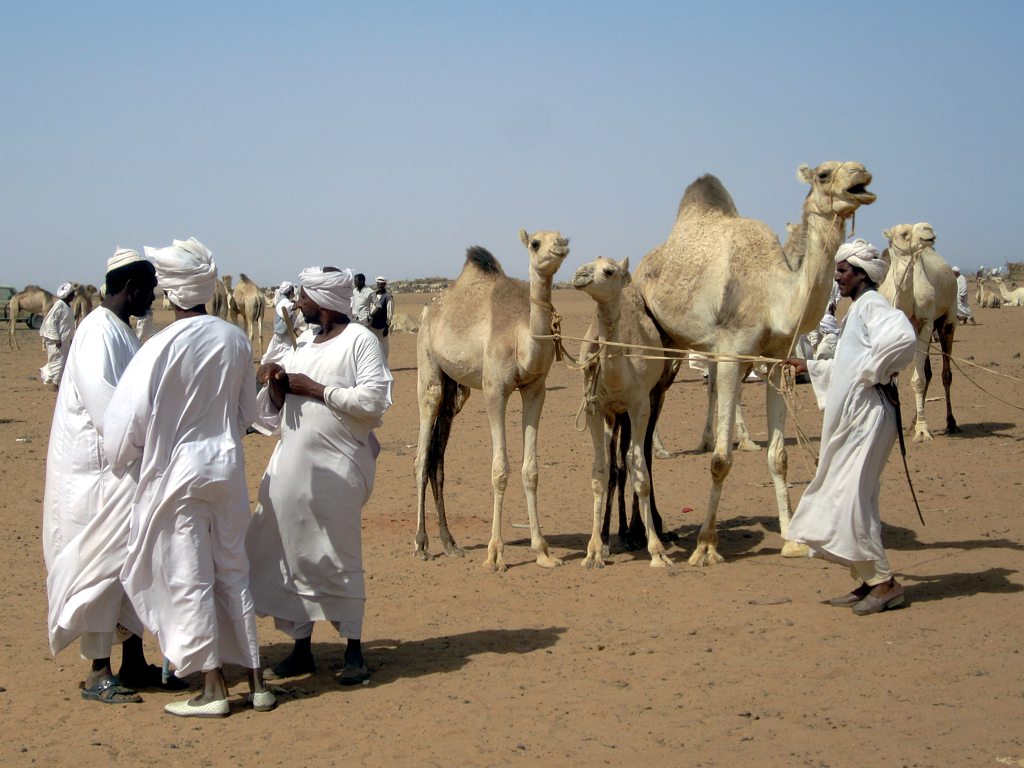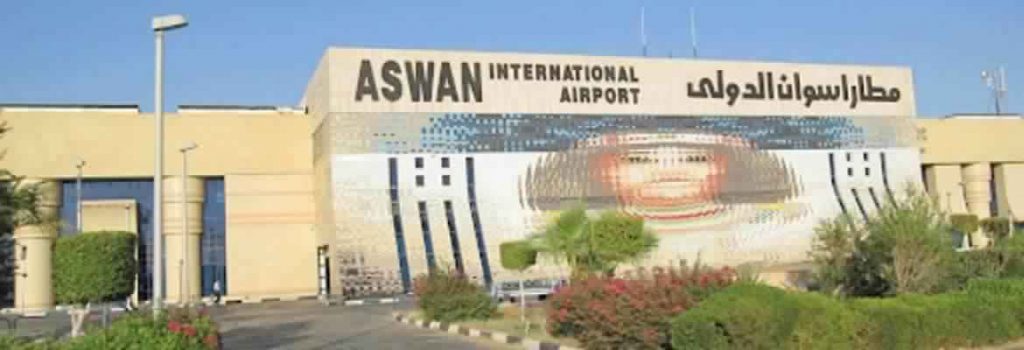Daraw
Just to the south of`Kom Ombo is Daraw, the site ofa Tuesday camel market, The animals are brought in caravans all the way from Sudan along the Darb al-Arbain (‘f`orty-day road’)_ Mer- chants from Cairo send representatives to make purchases for the larger camel market in the Cairo suburb of lmbaba, where they are sold for meat, for work, or to be shipped to the countries of North Africa and the Middle East.

Daraw is the terminal for the caravan route, aterritory largely populated by Bisharin tribes, and, until the Nubian resettlement in Kom Ombo, the linguistic frontier for Nubian speakers.
City of Daraw is a place in Aswan, Egypt and is mainly known for its camel market.
The Daraw airport which is also known as the Aswan airport offers easy connectivity to tourists from all over the world to come and see thousands of camels at one place.
This small town is located to the south of Kom Ombo. Many Egyptian cemeteries can be found near the town.
Getting there
The Aswan airport makes it very easy for all the foreign tourists to come to this place and see the famous camel market.
Also the place is connected well by Cairo and other major destinations.
Rail is also a good way to reach the region. But the most enchanting way is through the Nile.
The feluccas regularly stop at Daraw and the place is included in almost all the cruises on the Nile. Besides this there are many travel agents who provide an intensive tour of city of Daraw with pick up and drop from the hotel.
Arrangements can also be made to take the tourists from their feluccas and leave them back after the tour. Aswan is just 20 kms from Daraw and it has some good taxi services to visit the camel market.
Daraw does not have good accommodation options and so the tourists most often choose this place as a day trip option from Aswan or a stop-over on their Nile cruise. Aswan has some good hotels suiting to all budget needs.
Souq al- gimaal
The camel market of Daraw is known as Souq al-gimaal. The camels start their journey mostly from Omdurman in Sudan.
Sudan has the second largest herd of camels and this is due to the large area available for grazing. Initially this journey used to take forty days and was thus called the Darb al- Arba’een.
700 years ago the camel caravans came through Kharga and Salima oases but today the camels are trucked to Daraw from north of Abu Simbel.
Some of the camels enter Egypt at Wadi al- Alagi and enter the market in smaller groups.
In Daraw the camels spend a couple of days in quarantine before being sold in the market.
As many as 2000 camels come to Daraw for the camel market, but in the past this number was much more.
A historian has recorded as much as 14000 camels along the forty day road and the caravans looked like armies along the desert.
Most of the camels that come at the market are then send to market in Birqash where they are sold again.
While some camels are exported to Middle Eastern countries, most are sold to farmers or slaughtered to provide meat.
Market days
The camel market of Daraw is there each day but the main markets are on Tuesday and Thursday. On Tuesday besides the camels, the market also has cows, goats and other livestock.
The markets are crowded with people and are full of dust and herders with whips moving their camels along.
The Nubian men are busy squeezing their tuktuks through the market and selling molokheya (Egypt’s spinach) and mint.
Though the market may be full of camels and buyers but it sure is a one in lifetime experience to see so many camels at one place.
Places around Daraw
On the west bank of the river Nile one can see the remains of ancient temple Contra-Ombos.
The quarries at Gebel el- hamman provided the stones for the construction of old temple of Ombos during reign of Hatsheput during the 18th century.
The ruins are near Rakaba which is not very far from Daraw.
Another interesting place to visit would be El-kubaniya which is a small village and has many early Egyptian cemeteries.
Kom Ombo temple
If one has time they can also opt to visit the famous temple of Kom Ombo which lies 50 km to the north of Aswan.
The temple has two deities and was built between 2nd century BC and the 1st century AD.
Crocodiles were sacred and worshiped here.
A small shrine has some mummified crocodiles which enthralls the tourists. The walls of the temples have been beautifully decorated with beautiful depictions of pharaohs.
Hosh al- Kenzi
It is a small Nubian museum and worth a visit for its traditional Nubian style constructed houses and artifacts.
The museum was built in 1912 and artifacts are mostly been made from palm trees. It also has a workshop where beaded curtains are made from pieces of palm frond and date pips and they adorn the Nubian houses even today.
Daraw may just be a small rural market village but the presence of ship of the desert here in such a large number definitely makes it a beautiful adventure and ancient ruins nearby add to the experience.


